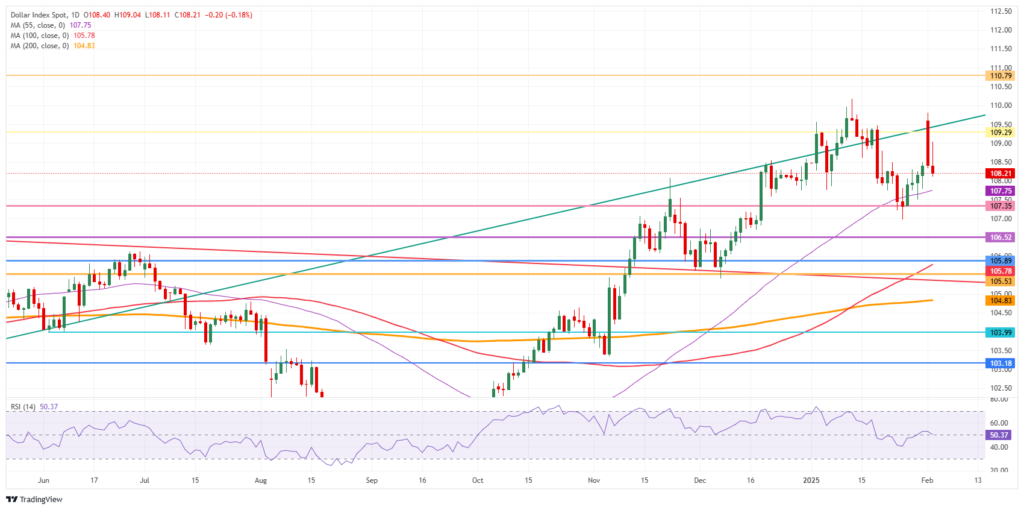The US dollar weakened on Tuesday following the release of the latest Job Openings and Labor Turnover Survey (JOLTS) report, which showed a significant contraction in job openings, signaling a potential cooling in the US labor market. The data raised concerns about the economy’s resilience and prompted traders to reassess expectations for the Federal Reserve’s monetary policy trajectory.

The report revealed that job openings fell sharply, marking one of the steepest declines in recent months. This contraction suggests that the labor market is tightening, with employers becoming more cautious about hiring amid lingering economic uncertainty. The weaker-than-expected data fueled speculation that the Fed may hold off on additional rate hikes, pushing the US dollar lower as market participants adjusted their positions.
The greenback’s decline was further exacerbated by falling US Treasury yields, as investors moved into bonds amid growing expectations of a potential softening in Fed policy. The combination of softer labor data and shifting interest rate expectations reduced demand for the dollar, while risk-sensitive currencies like the euro and British pound gained ground.
Looking ahead, traders will closely watch upcoming US employment reports, particularly non-farm payrolls and wage growth data, for further signs of labor market trends. Any additional weakness in job figures could solidify expectations of a Fed pause or even potential rate cuts later in the year, adding more pressure on the US dollar.
For now, the dollar remains under pressure, with labor market data and shifting monetary policy expectations driving currency moves. Unless future data signals a rebound in job growth, the greenback may struggle to regain momentum in the near term.













